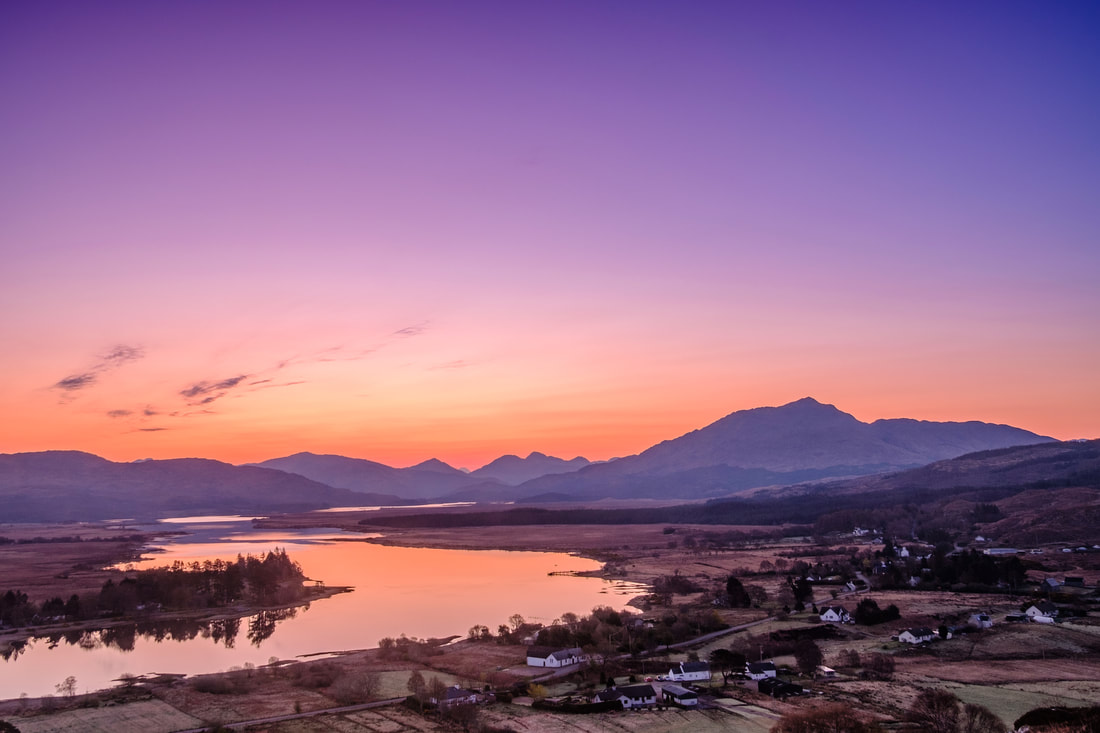|
There’s something magical about watching the beginning of a new day, especially on mornings as perfect as the one when I took the photograph below from the hills above Acharacle while looking north-east over Loch Shiel to Ben Resipole and the distant peaks of Ardgour beyond. Although it is only a short climb, the view you get from up there is simply amazing and this makes it one of my most favourite places to do one of my most favourite things, which is to watch a sunrise. I’m a morning person and naturally wake up early, but I do realise that not everyone is like this. Therefore, I thought that I’d give some reasons why I think it is good to at least once, get up early with the birds, head to a favourite place and watch a new day begin:
0 Comments
|
AuthorHi, Archives
April 2024
Categories
All
|


